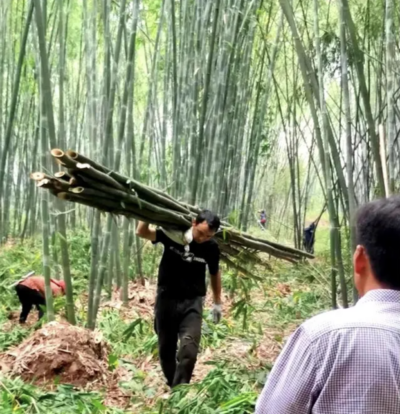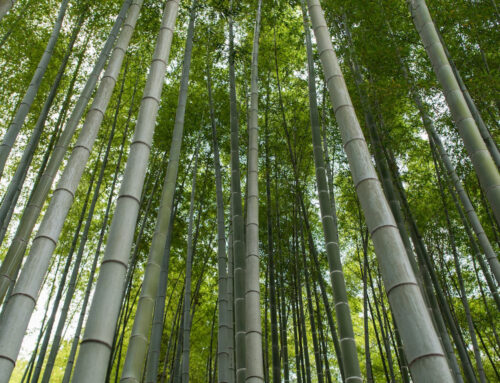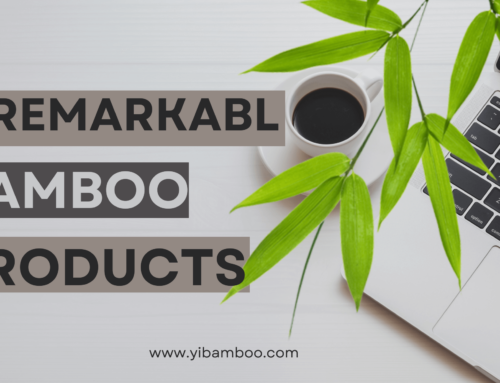Introduction
The bamboo products industry, known for its sustainability and eco-friendliness, faces unique challenges that are less often discussed outside the manufacturing circles. One such challenge is the impact of environmental conditions, particularly the humidity during the rainy season. This post explores how seasonal humidity affects the industry and the bamboo itself, shedding light on why understanding these impacts is crucial for both producers and consumers.
- The Nature of Bamboo
Bamboo is celebrated for its strength, flexibility, and rapid growth, making it an excellent material for a wide range of products, from kitchenware, furniture to flooring and beyond. However, bamboo’s natural properties also make it sensitive to changes in humidity and temperature. When exposed to the varying conditions of the rainy season, bamboo can undergo significant physical changes, such as swelling or shrinking, which can affect the quality and durability of the final products.
- Seasonal Challenges During Rainy Months
In Southern China, where much of the world’s bamboo is sourced, the rainy season spans from April to July. During these months, the increased rainfall can significantly hamper the harvesting process. Bamboo, often grown in mountainous areas, requires farmers to cut and transport it to lower lands for processing. Rainy conditions not only make these tasks more difficult but sometimes impossible, leading to delays and shortages of raw materials. For industries relying on bamboo, especially those producing custom-made products, these delays can extend production lead times significantly, impacting supply chains and delivery schedules.

- Challenges Posed by Rainy Season Humidity
Beyond harvesting, the increased humidity of the rainy season can directly affect bamboo products. High moisture levels can cause bamboo to swell, shrink, and in some cases, lead to mold and mildew growth if not properly treated or stored. Such conditions may also result in discoloration and warping, which compromise the aesthetic appeal and structural integrity of bamboo products. Manufacturers often have to account for these potential issues through various mitigation strategies, such as using sealants or maintaining controlled environments for bamboo storage.
Understanding the effects of rainy season humidity on bamboo is essential for both manufacturers and consumers. It highlights the need for careful planning, innovative production practices, and ongoing research into more resilient bamboo varieties and treatments. For the bamboo products industry to continue thriving, adapting to environmental challenges is not just beneficial but necessary.
We encourage readers to explore more about sustainable practices in bamboo production and consider how environmental factors influence the products they use daily. If you have experiences or tips related to managing bamboo products in humid conditions, please share them with us in the comments below. Together, we can foster a more resilient and informed community around bamboo products.







Leave A Comment